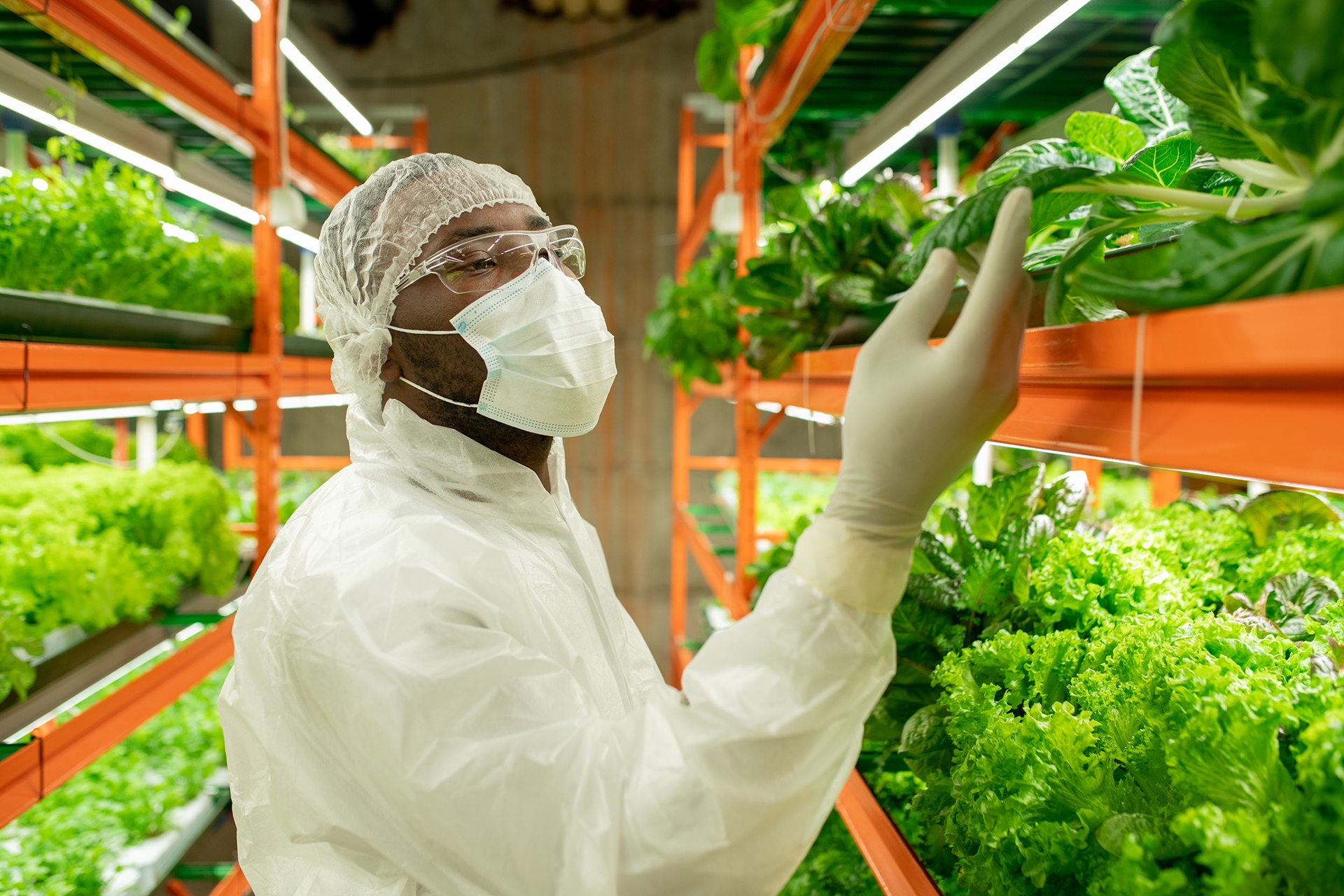2022 is shaping up to be one of the most active years for product recalls in the last decade, with some like the Abbott baby formula recall making national news for months and impacting the lives of Americans from coast to coast. Product recalls are one of those things that many of us forget once they are over. However, for businesses in any stage of the food production or distribution supply chain, product recalls can have devastating financial consequences.
The U.S. Food and Drug Administration (FDA) is not going easy on recalls. In fact, they are increasing funding to protect consumers. This article will discuss new initiatives and rules from the FDA and how you can help your clients in this space protect themselves from potentially catastrophic product recall losses.
Increased FDA Budget for Enhanced Food Safety Initiatives
Robert Califf, the new U.S. FDA commissioner, has gone before Congress to request additional funding of $76 million for the FDA’s 2023 budget. Part of that increase is to provide additional funding for the FDA’s “New Era of Smarter Food Safety” initiatives. These initiatives were designed to help reduce foodborne illness in the U.S. and to help protect consumers from unsafe foods. The funds will allow for new technologies that could improve the FDA’s ability to rapidly trace food contamination back to the source. The Association of Food and Drug Officials (AFDO) wants to partner with the FDA and has made several recommendations on how recalls can more effectively be communicated and handled when food is found to be contaminated.
What does this mean for the growers, packers, shippers, and consumers in the United States? If the FDA receives the requested funding and implements the recommendations made by AFDO, the FDA could release new guidance on the consumer notification process. There are many ways the FDA could inform consumers about contaminated products using technology, such as the development of an app to alert consumers or using broad ranging text messaging and email notifications. For the consumer, this would help prevent foodborne illness caused by contaminated goods much more effectively than practices in place today.
FDA’s New Food Traceability Rule
The FDA is already making headway with a new strict food traceability rule that will become law on November 7, 2022. The rule targets high risk foods implicated in foodborne illnesses such as leafy greens, fresh herbs, cheese, tomatoes, melons, peppers, crustaceans, fresh cut fruits and vegetables, and ready-to-eat deli salads. The new food traceability rule will require comprehensive record keeping of food origins and movements through production, processing, and shipping. It also applies to ingredients as they are implemented into other foods, or as other ingredients are added to them.
For the growers, packers, and shippers, better tracing and faster recall communication response could mean an increased number of recalls and/or an increased cost of conducting a recall.
The rule outlines the major critical tracking events (CTEs) to be growing, receiving, transformation, creation, and shipping. Within each of those tracking events are several key data points that need to be collected and reported. These key data points also need to be reported between recipients in the processing stage. The new food traceability rule will also be burdensome on companies that do not already have the technology in place to collect all of the data points that will now be required by the FDA. The FDA sites barcode data systems as the most affordable, robust, and user-friendly solutions for traceability.
The Importance of Product Recall Insurance Coverage
In 2019, the USDA’s Food Safety Inspection Service reported 124 recalls of 20 million pounds of food. In addition, the FDA had a total of 609 recalls. This was a high-volume year for recalls, with 2022 set to outpace these figures.
However, many growers and food processors do not purchase product recall or contaminated product insurance coverage until they have experienced a recall event – and at that point, it’s too late. As regulatory agencies receive more funding that will help technologies evolve, it will become more important for growers and processors to carry this very important protection.
Insurance policies for product recall and product contamination are both first- and third-party contracts. From a first-party perspective, the policy pays for loss of gross income after a recall and costs incurred in conducting a recall. If the insured purchases third-party liability coverage, the policy will reimburse an insured’s customer for costs they may incur as a result of the insured having to recall their product.
The intent of the FDA’s new initiatives is that with more frequent and detailed traceability testing, there will be less product recall events going forward due to manufacturers and growers catching any contamination issues before they reach the end consumer. As manufacturing processes continue to evolve with improved technology, coverages in the product recall space that address those needs must do the same.
It is important to partner with an insurance specialist in this space who understands the nuances of production contamination and product recall policies and can help you guide your client towards their best coverage options. Amwins has brokers with unparalleled expertise in product recall and contamination coverage.
Sources
FSMA Proposed Rule for FSMA Proposed Rule for Food Traceability | FDA
Which Key Data Elements Would Which Key Data Elements Would Apply to Me? | FDA
U.S. Product Recalls Reach 10-Year High U.S. Product Recalls Reach 10-Year High in Q1 | Insurance Journal


